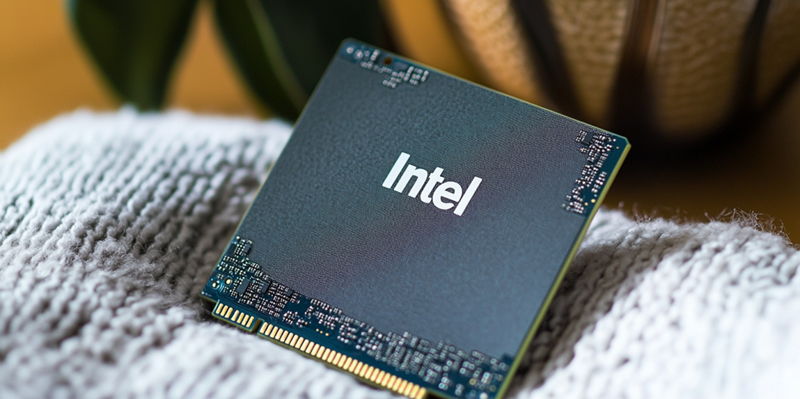The latest revelations about Intel’s newly designed Arrow Lake-U Core Ultra 200U CPUs underline significant improvements in efficiency and performance, focused on mobile and low-power computing environments. The Core Ultra 7 265U, Core Ultra 7 255U, Core Ultra 5 235U, and Core Ultra 5 225U models have caught the industry’s attention with their unique configuration and powerful enhancements compared to previous iterations. These updates suggest that Intel is committed to enhancing both processing power and energy efficiency concurrently.
Updated Core Architecture and Performance Metrics
The Arrow Lake-U CPUs will feature updated Redwood Cove+ P-Cores and Crestmont Enhanced (CME) E-Cores, which mark a steady improvement over the Redwood Cove and Crestmont cores previously seen in the Meteor Lake series. However, these enhancements do not reach the levels of the more advanced Lion Cove or Skymont cores featured in other Arrow Lake series. Each of the new Core Ultra 200U processors is specifically designed for low-power platforms and consists of a unique combination of 12 cores and 14 threads. This includes a configuration of 2 P-Cores, 8 E-Cores, and 2 LP-E cores, with thermal design power (TDP) ratings ranging between 12 and 28 watts.
Improvements can be seen in base clock speeds which range from 1.2 GHz to 3.4 GHz, coupled with boost clock speeds from 4.8 GHz to 5.3 GHz across P-Cores. Similarly, for E-Cores, the frequencies vary between 3.8 GHz and 4.2 GHz, ensuring a balanced approach to performance and efficiency. Complementing these features is an integrated Xe-LPG iGPU with 4 Xe-cores clocking up to 2100 MHz. Additionally, each model houses 12 MB of L3 cache, ensuring faster data access and improved performance for various applications.
Focus on Energy Efficiency and Integrated Graphics
A highlight of the Core Ultra 200U series is the significant boost in performance without compromising on energy efficiency, aligning with trends in the mobile computing market. The top-tier Core Ultra 7 265U stands out with a 5.3 GHz boost clock on P-Cores and embodies the high-performance specifications expected from the series. The Core Ultra 7 255U, slightly toned down, peaks at 5.2 GHz, still offering substantial performance. Meanwhile, the Core Ultra 5 235U and 225U models maintain the energy-efficient design ethos, offering base clocks from 1.2 GHz while providing solid performance.
Intel’s efforts to enhance the efficiency of their processors continue with the integration of the first-generation Xe-LPG iGPU despite being less advanced compared to the Xe-LPG+ featured in higher-end models. This integration points towards a strategy of balancing advanced processing capabilities while maintaining low power consumption. The emphasis on efficiency dovetails with the broader industry trends of developing energy-conscious processing solutions, particularly for portable devices and low-power platforms.
Upcoming Release and Future Implications
Recent reports on Intel’s newly designed Arrow Lake-U Core Ultra 200U CPUs reveal significant strides in efficiency and performance, aimed specifically at mobile and low-power computing applications. The models that have notably garnered industry attention are the Core Ultra 7 265U, Core Ultra 7 255U, Core Ultra 5 235U, and Core Ultra 5 225U. These CPUs stand out due to their distinct configurations and significant enhancements compared to earlier versions.
The latest iteration of Intel’s processors is built to optimize both processing power and energy efficiency in tandem, reflecting the company’s ongoing commitment to pushing the boundaries in these areas. The improvements seen in these Core Ultra models suggest that Intel is not only focused on delivering robust performance but also on maintaining energy efficiency, which is crucial for mobile platforms where power consumption is a critical factor. By simultaneously advancing processing capabilities and minimizing power usage, Intel aims to meet the growing demands of a mobile-centric market, which values both speed and battery longevity.

